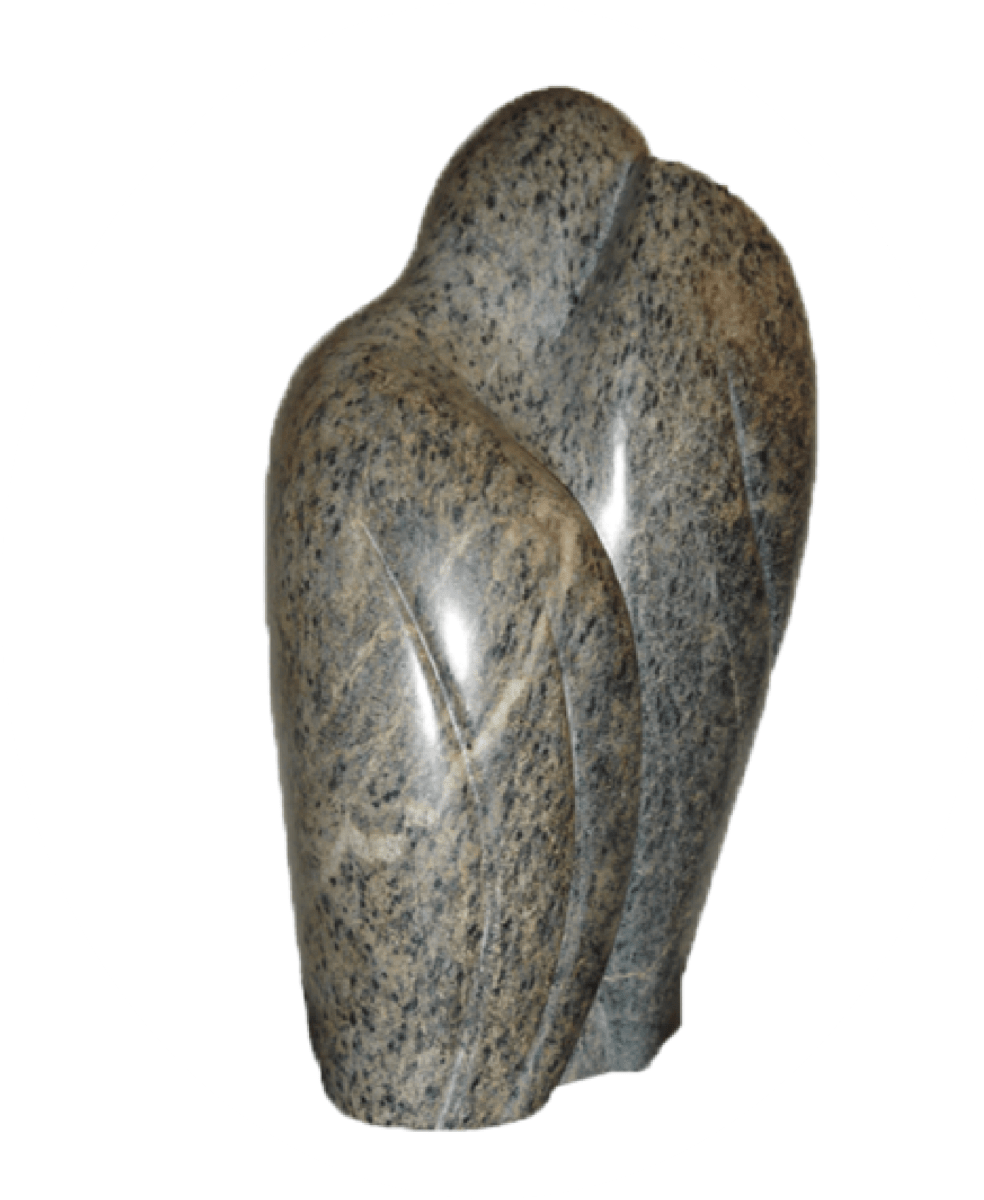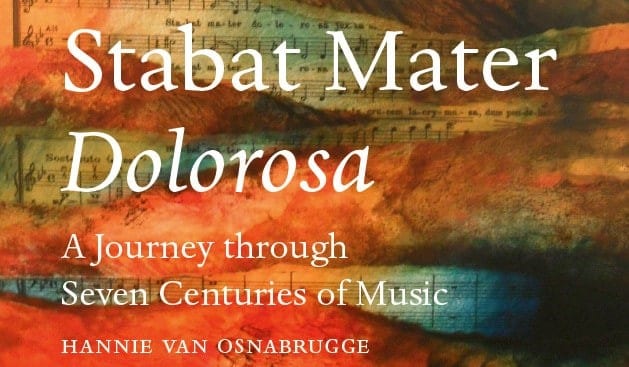Until recently, I had never come across a novel with the title Stabat Mater where the Stabat Mater is an integral part of the story and its vision. Its author is John Clark Smith from Canada. He sent me two chapters of his manuscript. This is an ‘ekphrastic’ novel, an artistic approach in which literature, poetry, art and music coincide. Here is an overview: (thanks to Mr. Smith)
Henri Rendenna, a young gardener and member of a spiritual community, is sent to Aragon, Spain by the elders to witness an extraordinary event, what his community calls a Meeting. Unfortunately, he is sent when Spain is in the midst of its worst crisis, the Spanish Civil War (1936-1939). A group of progressive, idealistic workers are battling to form a new kind of society of equity and collective ownership. They are opposed by the estate owners and a Fascist organization led by Franco.
Four passions
At first Henri tries to remain uninvolved and to focus on his four passions, all used as spiritual exercises: the music of Scarlatti, archery, gardening, and, most of all, the Stabat Mater poem and its expressions in music and art. He listens to versions of the Stabat Mater incessantly, both the words and the music, and they, along with the art works of the crucifixion, are embedded everywhere in the novel. All kinds of musical versions of the Stabat Mater are constantly ringing in his head. The reader follows him in his reflections on composers: Haydn, Vivaldi, Dvorak, Palestrina, father and son Scarlatti, Pergolesi, and Liszt as well as the artworks of the crucifixion (from the fourth century AD) as a great source of inspiration for the Stabat Mater.
Tragedy
The heartbreaking music of the Stabat Mater actually expresses beautifully the pain of these times. In order to survive the horrors, he too withdraws into music, but still becomes a victim of the tragedy and is beaten and almost buried alive by estate owners.
Because of that event, he becomes a kind of hero to the workers. He is taken to the convent for healing, and there he meets one of the key figures of the Meeting. The convent prior asks him to teach a few of the nuns the story of the Stabat Mater, but, to his surprise, and because he is now a hero, many of the town also come to the convent to hear him. So in the heart of the novel, the battling forces—the estate owners who favor Franco, the workers, and the nuns—come to hear him talk about the profound meaning behind the Stabat Mater poem and how composers have expressed it. Both sides of this conflict believe the Stabat Mater expresses their point of view. But soon the Meeting happens and transcends the concerns of the conflict and drives the novel to its finish.
Unfortunately, Mr. Smith has not yet found a publisher. Any suggestions? Please let us know




